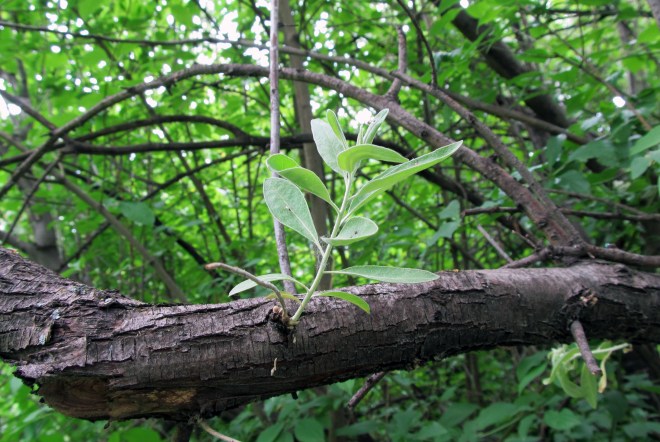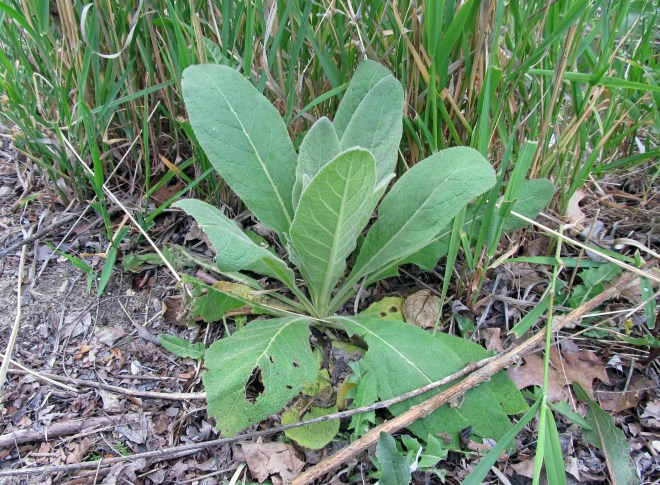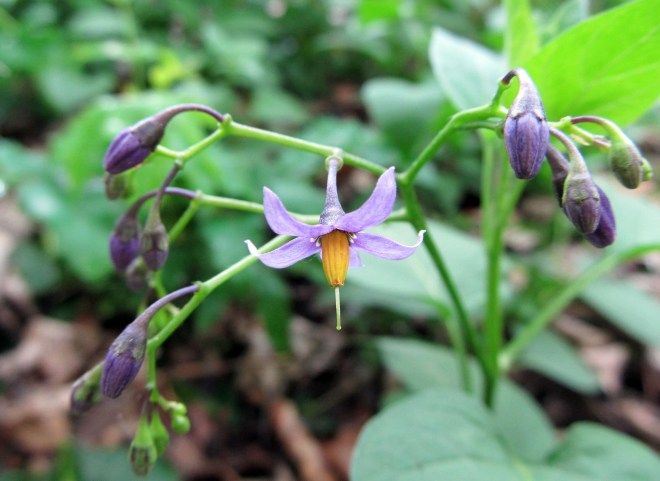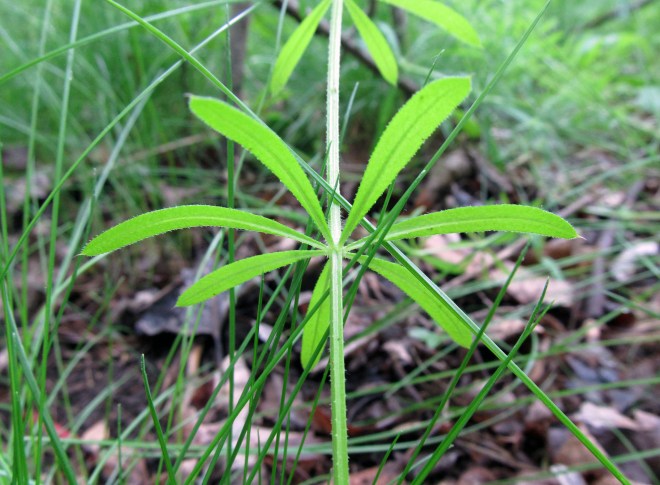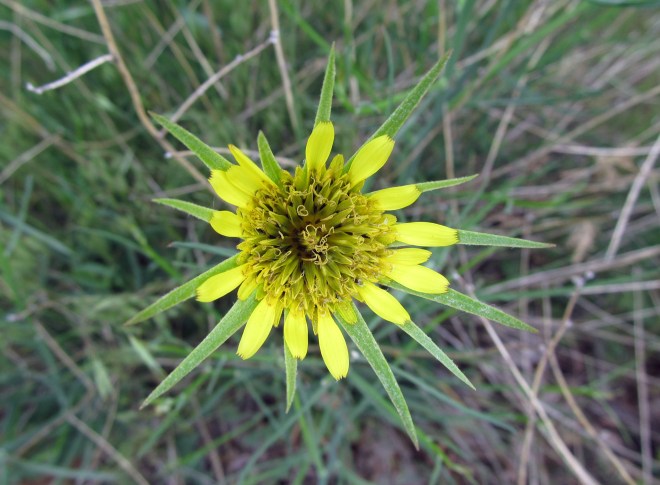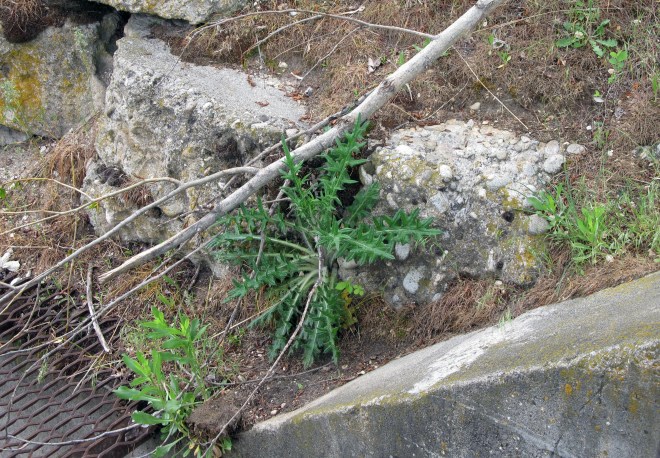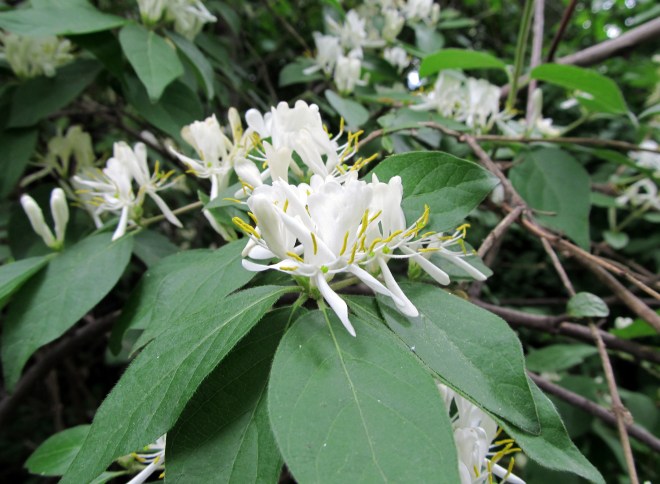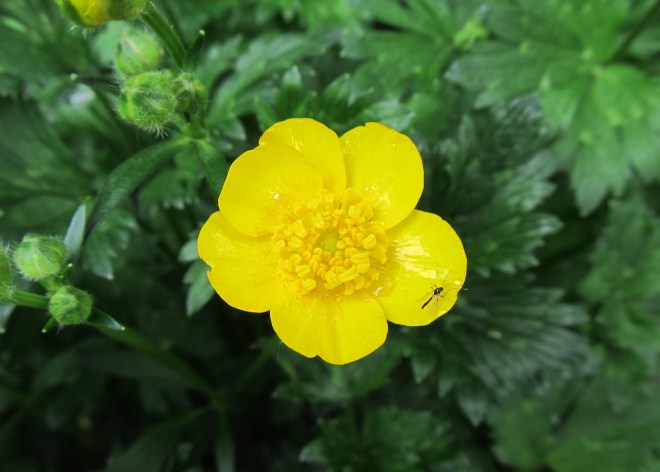A weed is a highly successful plant that shares a close relationship with humans. In many instances, weeds are seen as nuisance plants, interfering with the goals and intentions we have for a piece of land. In natural areas, they are blamed for, among other things, threatening the existence of the native flora, despite the fact that human activity and disturbance brought them there in the first place and continued human disturbance helps keep them there. In some instances, such as a vacant lot in an urban area, they pose no threat and their existence causes little if any harm, yet they are disparaged for being unsightly, hazardous, and out of place. Nevermind the fact that they are offering a number of ecosystem services free of charge.
For all these reasons and more, weeds get called some pretty nasty things and are the recipient of an unduly amount of ire. The extent that some of us will go to vilify a plant is a bit disturbing to me, so it’s always refreshing to come across a more reasonable approach to weeds. That tempered take is what I found in Gareth Richards’ book, Weeds: The Beauty and Uses of 50 Vagabond Plants, a production of the Royal Horticultural Society and whose vast archives were used to beautifully illustrate the book.
There seems to be a growing trend in the U.K. and other parts of Europe to be more accepting of weeds, to see them as part of our urban, suburban, and exurban flora, and to focus on the value they may bring rather than constantly reviling them as interlopers and thus trying to blast them out of existence with chemical warfare. (See also Wild About Weeds by Jack Wallington). I hope this is true, and I hope the trend continues and catches on in other parts of the world. As Richards writes, “Often the only crime a plant has committed is growing too well.” Thankfully, books like this help bring awareness to these highly fecund and robust plants and their many redeeming qualities.
Richards’ book starts out with a brief introduction and then proceeds with short profiles of 50+ different plant species that are commonly considered weeds. The focus of the book is on weeds found in the U.K.; however, weeds being what they are, at least a few (if not most) of the plants covered are bound to be growing near you regardless of where you live in the world. While there is some discussion of the invasive nature of a few of the plants profiled and the illegality of growing or transporting them – see Japanese knotweed, Himalayan balsam, and pontic rhododendron for example – the focus is not on management nor control. Instead, the discussion revolves around interesting aspects of the plants that makes them worth getting to know rather than something to simply eliminate.
As is often the case when discussing specific plants, medicinal uses and edibility feature heavily in Richards’ plant profiles. It’s interesting to learn about the many ways that humans have thought about and used plants historically, and some of the ways they were historically used are certainly still relevant today; however, many medicinal claims don’t stand the test of time nor do they have empirical evidence to back them up. For this reason, I generally take medicinal uses of plants with a grain of a salt and a healthy dose of skepticism. Edibility, on the other hand, has always been interesting to me, and just when I thought I had heard all the ways that dandelions can be eaten, Richards introduces me to another: “You can even harvest the flower buds for pickling; they make a useful homegrown caper substitute.”
What follows are a few excerpts from the book with accompanying photos of the plants in question.


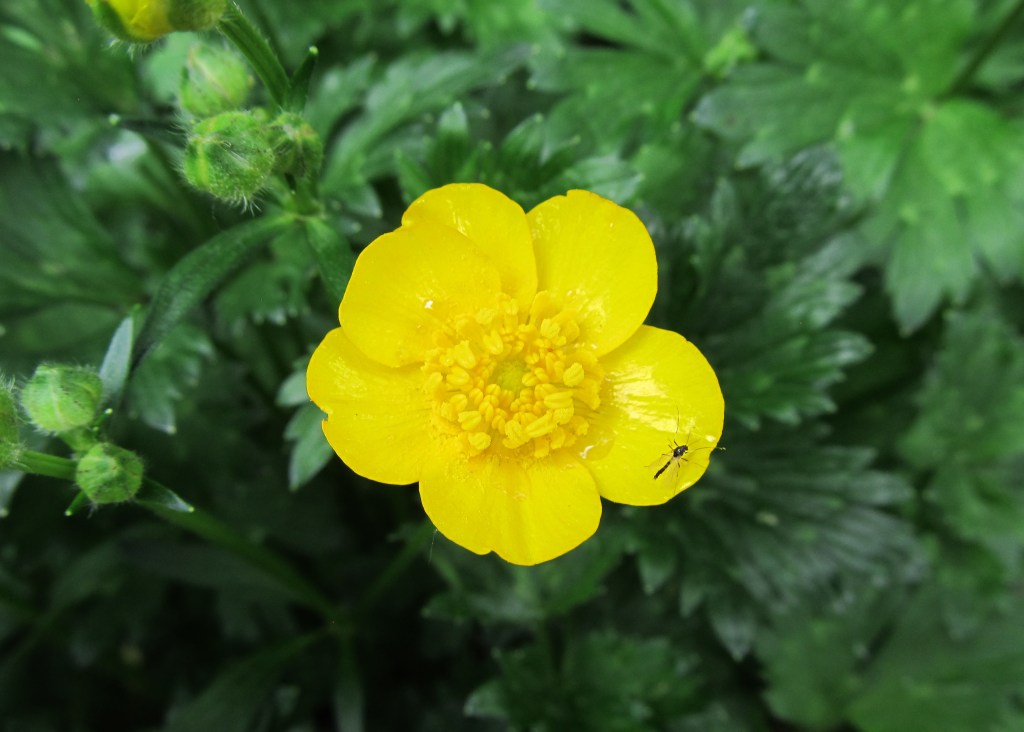



Regardless of how you feel about weeds, if you’re interested in plants at all, this book is worth getting your hands on and these plants are worth getting to know. They may not be the plants you prefer to see growing on your property, but they have interesting stories to tell and, in many cases, may not be as big of a problem as you originally thought. In discussing Spanish bluebells (Hyacinthoides hispanica) and its weedy relatives, Richards hits on a point that for me is one of the main takeaways of this book: “In an age where gardens are becoming wilder and the countryside ever more fragmented, and nature is on the march due to climate change, perhaps we should just learn to treasure the wild plants that thrive in the the new conditions we have made – wherever they originally came from.”




